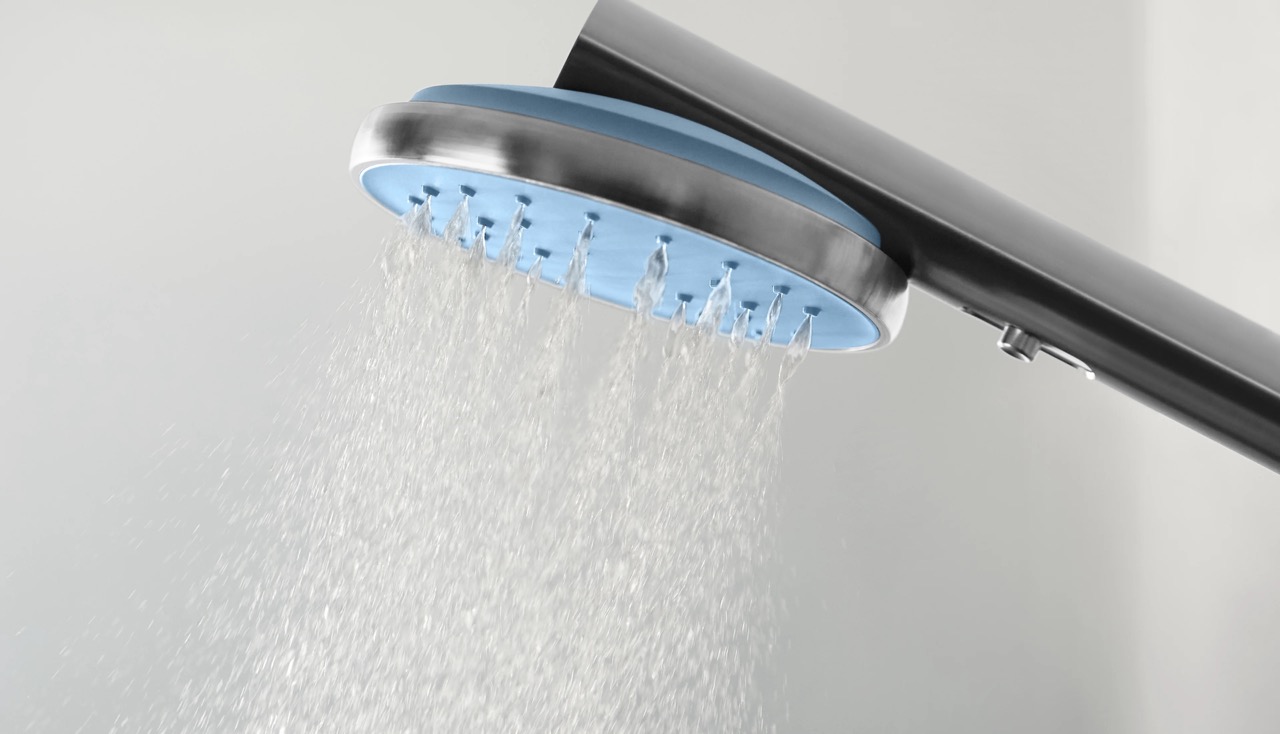

Articles
How To Increase Flow In Showerhead
Modified: March 2, 2024
Learn how to increase the flow in your showerhead with these helpful articles. Discover tips and techniques to improve your shower experience.
(Many of the links in this article redirect to a specific reviewed product. Your purchase of these products through affiliate links helps to generate commission for Storables.com, at no extra cost. Learn more)
Introduction
Having a satisfying shower experience is something that many of us look forward to at the end of a long day. However, if your showerhead has low water flow, it can be a frustrating and underwhelming experience. A weak water flow can make it difficult to rinse off shampoo and soap, leaving you feeling unsatisfied and dissatisfied with your shower.
The water flow in a showerhead is essential for a rejuvenating and refreshing shower. It determines the amount of water that is delivered per minute, which in turn affects the strength and power of the water stream. If you’re dealing with low water flow in your showerhead, there are several potential causes and solutions that can help increase the flow and enhance your showering experience.
In this article, we will explore the common issues associated with low water flow in showerheads and discuss various methods to increase the flow. From cleaning and removing debris to replacing and upgrading your showerhead, we will cover all the steps to ensure you enjoy optimal water flow in your daily showers.
Key Takeaways:
- Enjoy a satisfying shower by increasing water flow in your showerhead. Clean, upgrade, and remove restrictors to optimize your showering experience and feel refreshed every time.
- Troubleshoot low water flow by checking for plumbing issues and adjusting water pressure. Enhance your shower experience with simple DIY methods and professional assistance when needed.
Read more: How To Increase Air Flow In HVAC
Understanding the Importance of Water Flow in Showerheads
Water flow in showerheads plays a crucial role in determining the quality of your shower experience. It affects the pressure, coverage, and overall effectiveness of the water stream. The importance of water flow can be understood in the following ways:
- Efficiency: The flow rate of water determines how efficiently you can rinse off shampoo, soap, and other shower products. A strong water flow ensures that these substances are quickly and thoroughly washed away, leaving you feeling clean and refreshed.
- Comfort: A shower with low water flow can be frustrating and uncomfortable. Insufficient water pressure can make it difficult to wash your hair, causing you to spend more time in the shower and leaving you with a less enjoyable experience.
- Relaxation: For many people, taking a shower is a relaxing and soothing experience. A stronger water flow can enhance this relaxation by providing a rejuvenating massage-like effect on your body. It can help relieve stress and tension, making your shower time even more enjoyable.
- Productivity: A shower with low water flow can take longer to rinse off, which can be time-consuming and inefficient. With a higher flow rate, you can save time and be more productive in your daily routine.
- Satisfaction: Ultimately, a good shower should leave you feeling clean, refreshed, and satisfied. The water flow in your showerhead directly impacts the overall satisfaction you derive from your shower experience. A stronger flow can make you feel more invigorated and fully clean, elevating your overall mood and well-being.
Now that we understand the importance of water flow in showerheads, let’s explore the common issues that can lead to low water flow and how to address them effectively. By identifying and resolving these issues, you can ensure that your showers are enjoyable, efficient, and satisfying.
Common Issues with Low Water Flow
Low water flow in a showerhead can be caused by various factors. Understanding these common issues can help you identify the root cause of the problem and determine the appropriate solution. Here are some of the most common culprits behind low water flow in showerheads:
- Mineral Buildup: Over time, minerals such as calcium and magnesium can accumulate in the showerhead, restricting the flow of water. This buildup can clog the tiny nozzles and reduce the water pressure.
- Clogged Showerhead: Dirt, debris, and sediment can get trapped in the showerhead, obstructing the water flow. This can result in a weak and inconsistent stream of water.
- Water Flow Restrictors: Some showerheads are equipped with water flow restrictors, which are designed to conserve water. While these restrictors are environmentally friendly, they can also limit the water flow and reduce the showering experience.
- Plumbing Issues: Problems with the plumbing system, such as a clogged pipe or a faulty valve, can affect the water flow in your showerhead. These issues can cause a decrease in water pressure and ultimately result in low water flow.
- Showerhead Size: The size of the showerhead and the number of nozzles can also impact the water flow. A larger showerhead with more nozzles generally provides a stronger and more voluminous water stream.
By familiarizing yourself with these common issues, you can better diagnose the problem and implement the appropriate solution to improve the water flow in your showerhead. In the next section, we will discuss various methods to increase the flow and maximize your showering experience.
Evaluating Your Current Showerhead
Before diving into the methods to increase the water flow in your showerhead, it is essential to evaluate your current showerhead and understand its specifications. This evaluation will help you determine if your showerhead is compatible with the desired water flow and if any specific issues need to be addressed. Here’s what you should consider when evaluating your showerhead:
- Type of Showerhead: Identify the type of showerhead you have. Common types include fixed showerheads, handheld showerheads, rain showerheads, and massaging showerheads. Each type may have different features and water flow capabilities.
- Water Efficiency Label: Check for any water efficiency labels present on your showerhead. These labels indicate if there are water flow restrictors installed and provide information about the maximum flow rate.
- Nozzle Configuration: Take note of the number and arrangement of nozzles on your showerhead. This information will impact the distribution and coverage of water during your shower.
- Flow Rate: Measure the flow rate of your showerhead in gallons per minute (GPM). This can be done by placing a bucket under the showerhead and timing how long it takes to fill up. The ideal flow rate for a satisfying shower is typically around 2.5 GPM.
- Damaged or Worn Parts: Inspect your showerhead for any visible signs of damage or wear. Cracks, leaks, or broken parts can affect the water flow and may require repair or replacement.
By evaluating your showerhead, you can gain insight into its current condition and capabilities. This information will help you determine if the low water flow is due to specific issues or if it might be time to consider replacing or upgrading your showerhead. Now that you have assessed your current showerhead, let’s explore various methods to increase the water flow and improve your showering experience.
Methods to Increase Flow in Showerhead
If you’re dealing with low water flow in your showerhead, there are several methods you can try to increase the flow and optimize your showering experience. Here are five effective methods to consider:
- Cleaning and Removing Debris: One of the most common causes of low water flow is mineral buildup, dirt, and debris in the showerhead. To address this issue, you can remove the showerhead and soak it in a mixture of vinegar and water to dissolve the mineral deposits. Use a toothbrush or a small brush to scrub away any remaining debris. Rinse the showerhead thoroughly before reinstalling it.
- Replacing or Upgrading Showerhead: If your current showerhead is old or outdated, it may be time to consider replacing it with a new one. Look for showerheads that offer adjustable settings, such as different spray patterns or massage features, which can enhance the water flow and improve your shower experience. Consider investing in a high-pressure showerhead to ensure a strong and consistent water stream.
- Removing Water Flow Restrictors: Some showerheads come with flow restrictors installed to conserve water. These restrictors limit the amount of water that can pass through, resulting in lower water flow. You can check if your showerhead has a restrictor and remove it if necessary. Refer to the manufacturer’s instructions or consult a professional plumber if you’re unsure how to do this properly.
- Adjusting Water Pressure: Another way to increase water flow in your showerhead is to adjust the water pressure at the source. Check your home’s main water valve and make sure it is fully open. You can also adjust the pressure-reducing valve if your plumbing system has one. However, be cautious when making adjustments to avoid causing damage to your plumbing system or affecting the water pressure in other areas of your home.
- Checking for Plumbing Issues: Low water flow in your showerhead might be indicative of underlying plumbing issues. Check for any leaks, clogs, or other plumbing problems that could be affecting water flow. If you notice any issues, it’s best to consult a professional plumber to diagnose and resolve the problem effectively.
By implementing these methods, you can significantly improve the water flow in your showerhead and enjoy a more satisfying shower experience. Keep in mind that the effectiveness of these methods may vary depending on the specific circumstances and showerhead type. It’s always a good idea to consult a professional or the manufacturer for specific guidance and recommendations tailored to your situation.
Read more: What Is A Showerhead Flow Regulator
Cleaning and Removing Debris
One of the most common causes of low water flow in a showerhead is the accumulation of mineral deposits, dirt, and debris. Over time, these substances can clog the tiny nozzles, restricting the flow of water and diminishing the showering experience. Cleaning your showerhead and removing debris can help restore the water flow to its optimal level. Here’s how you can do it:
- Remove the showerhead: Start by turning off the water supply to the shower. Depending on the type of showerhead, you may be able to unscrew it by hand, or you may need to use pliers or an adjustable wrench.
- Soak in vinegar solution: Fill a container with equal parts white vinegar and water. Submerge the showerhead in the solution, ensuring that the nozzles are completely covered. Let it soak for at least 30 minutes to dissolve the mineral deposits.
- Scrub and clean: After soaking, use an old toothbrush or a small brush to gently scrub the surface of the showerhead. Pay particular attention to the nozzles, removing any remaining debris or mineral buildup. If necessary, you can also use a straightened paperclip to clear any stubborn clogs.
- Rinse and reinstall: Once you’ve thoroughly cleaned the showerhead, rinse it with clean water to remove any vinegar residue. Inspect the showerhead for any remaining debris before reinstalling it. Make sure it is tightly secured to prevent any leaks.
Regularly cleaning your showerhead can help prevent the buildup of mineral deposits and keep the water flow at its best. Depending on the hardness of your water, you may need to clean the showerhead once every few months or more frequently if you notice a decrease in water flow. Remember to always follow the manufacturer’s instructions and recommendations when cleaning your specific showerhead model.
By removing debris and keeping your showerhead clean, you can ensure a consistent and satisfying water flow that enhances your overall showering experience. However, if cleaning alone doesn’t resolve the low water flow issue, you may need to explore other methods, such as replacing or upgrading your showerhead, as outlined in the upcoming sections.
To increase flow in a showerhead, try removing the showerhead and soaking it in a mixture of equal parts water and vinegar to remove any mineral buildup that may be restricting the flow. Rinse thoroughly before reattaching.
Replacing or Upgrading Showerhead
If cleaning the showerhead doesn’t improve the water flow, it may be time to consider replacing or upgrading it. Over time, showerheads can wear out, leading to decreased performance and low water flow. Here are some factors to consider when replacing or upgrading your showerhead:
- Type of showerhead: There are various types of showerheads available, including fixed showerheads, handheld showerheads, rain showerheads, and massaging showerheads. Consider your preferences and showering needs when choosing the type that suits you best.
- Water-saving features: Look for a showerhead that is designed to be water-efficient without compromising the water flow. Many modern showerheads come with water-saving features that can help you save water and reduce your water bill without sacrificing the showering experience.
- Flow rate: Check the flow rate of the showerhead, measured in gallons per minute (GPM). The higher the GPM, the stronger the water flow will be. Look for showerheads with a flow rate of around 2.5 GPM, which provides a satisfying shower experience.
- Adjustable settings: Consider a showerhead with adjustable settings, such as different spray patterns or massage features. This allows you to customize the water flow and find the setting that suits your preferences.
- Installation: Depending on your DIY skills, choose a showerhead that is easy to install. Some showerheads require basic hand tightening, while others may need additional tools or professional installation.
Replacing or upgrading your showerhead can significantly improve the water flow and enhance your showering experience. Newer models are designed with improved technology and materials, ensuring better water distribution and pressure. Additionally, they may have features specifically designed to optimize water flow and provide a more satisfying shower.
When shopping for a new showerhead, read customer reviews and consider reputable brands known for their quality and durability. Take into account your budget and personal preferences to find the ideal showerhead that meets your needs and delivers the desired water flow. If you’re unsure about the installation process, consult a professional plumber to ensure a proper and secure fit.
Replacing or upgrading your showerhead is a simple and effective solution to increase the water flow and enhance your showering experience. However, if this method doesn’t resolve the low water flow issue, there are additional methods to explore, which will be discussed in the following sections.
Removing Water Flow Restrictors
Many modern showerheads come equipped with water flow restrictors. These restrictors are designed to conserve water by reducing the flow rate. While they are environmentally friendly, they can also restrict the water flow, resulting in low water pressure and a less satisfying showering experience. If you are experiencing low water flow, removing the water flow restrictor can be a simple solution. Here’s how to do it:
- Determine if your showerhead has a flow restrictor: Look for a plastic or metal disc inside the showerhead. This is typically the flow restrictor, and its purpose is to limit the amount of water that can flow through the showerhead.
- Prepare the necessary tools: You may need a pair of needle-nose pliers, a flat-head screwdriver, or an Allen wrench, depending on the type of showerhead and restrictor.
- Remove the flow restrictor: Use the pliers, screwdriver, or Allen wrench to grip the flow restrictor and loosen it. Turn it counterclockwise to unscrew it from the showerhead. Be careful not to damage any surrounding parts.
- Clean and reassemble the showerhead: After removing the flow restrictor, clean any debris or buildup from the showerhead. Rinse it thoroughly and reassemble all the parts, ensuring they are tightly secured.
Removing the water flow restrictor can significantly increase the water flow in your showerhead. It allows for a higher volume of water to pass through, resulting in better water pressure and a more enjoyable showering experience. However, be mindful that removing the flow restrictor may increase your water consumption, so it’s essential to find a balance between water conservation and your desired water flow.
Note that some showerheads may have built-in flow restrictors that cannot be easily removed. In such cases, it may be necessary to replace the entire showerhead with a model that offers a higher flow rate or adjustable settings to achieve the desired water flow.
Before removing the flow restrictor, check your local regulations and guidelines regarding water usage. Some areas have specific laws or ordinances that require the use of flow restrictors in showerheads. Ensure that removing the restrictor complies with your local water conservation policies.
By removing the water flow restrictor, you can enhance the water flow in your showerhead and enjoy a more satisfying shower experience. However, if you find that low water flow persists even after removing the restrictor, there are additional methods to explore, which will be covered in the next sections.
Adjusting Water Pressure
If you’re experiencing low water flow in your showerhead, adjusting the water pressure at the source can help improve the situation. By ensuring the appropriate water pressure, you can optimize the flow of water and enhance your showering experience. Here’s how you can adjust the water pressure:
- Locate the main water valve: The main water valve controls the water supply to your home. It is typically located near the water meter or in the basement/utility room. In some cases, the valve may be located on an exterior wall.
- Check if the main water valve is fully open: Ensure that the main water valve is fully open. Turn it counterclockwise until it cannot turn any further. This will ensure that the maximum amount of water is flowing into your home.
- Adjust the pressure-reducing valve: If your plumbing system has a pressure-reducing valve, it may be set too low, resulting in low water pressure. Locate the valve, which is typically located near the main water valve or where the water supply enters your home. Use a wrench to turn the adjustment screw clockwise to increase the water pressure. Start with small adjustments and test the water flow after each adjustment to avoid excessive pressure.
After adjusting the water pressure, check the water flow in your showerhead to see if it has improved. It’s important to remember that there may be limitations to how much the water pressure can be adjusted, depending on the plumbing system and water source in your home. If you’re unsure about adjusting the water pressure, consult a professional plumber who can assess your specific situation and make the necessary adjustments safely.
It’s worth noting that adjusting the water pressure at the source can impact the water pressure throughout your home, not just in the shower. Therefore, it’s important to find a balance that provides sufficient water flow in the shower without causing issues in other areas of your plumbing system.
In some cases, low water pressure may be caused by issues within the plumbing system, such as clogged pipes or faulty valves. If adjusting the water pressure doesn’t resolve the low flow issue, it may be necessary to consult a professional plumber to identify and address any underlying plumbing problems.
By adjusting the water pressure, you can potentially increase the flow in your showerhead and experience a more satisfying shower. However, if low water flow continues to persist, there are still further methods to explore, which will be discussed in the upcoming sections.
Read more: How To Slow Water Flow On Showerhead
Checking for Plumbing Issues
If you’ve tried the previous methods and are still experiencing low water flow in your showerhead, it’s time to check for any potential plumbing issues. Plumbing problems can have a significant impact on water flow throughout your home, including the shower. Here are some steps to help you identify and address plumbing issues that may be causing low water flow:
- Inspect for leaks: Check for any visible signs of leaks in your plumbing system. Look for water stains, drips, or pooling water around pipes, valves, or faucets. Even a small leak can result in reduced water pressure.
- Clear any clogs: A clogged pipe or valve can restrict the water flow to your showerhead. Inspect the plumbing system for any signs of blockages, such as slow draining sinks or toilets. Use a plunger or a drain snake to clear any clogs that you find.
- Check the water shut-off valves: Ensure that the water shut-off valves near the shower are fully open. Sometimes, these valves may not be fully turned on, resulting in low water flow.
- Inspect pressure-reducing valves or regulators: If your plumbing system has pressure-reducing valves or regulators, check if they are functioning properly. These devices are designed to control the water pressure and ensure it doesn’t exceed safe limits. If a pressure-reducing valve is faulty or incorrectly set, it can reduce the water flow to your showerhead.
- Seek professional help: If you’re unable to identify or resolve any plumbing issues on your own, it’s best to consult a professional plumber. They have the expertise and tools necessary to diagnose and address more complex plumbing problems that might be impacting the water flow in your showerhead.
Addressing any plumbing issues that are causing low water flow is crucial to ensure proper water distribution throughout your home. By resolving these issues, you can improve the water flow in your showerhead and enjoy a satisfying showering experience.
It’s important to stay vigilant and proactive in maintaining your plumbing system. Regular inspections and maintenance can help identify and prevent potential issues that could impact the water flow in your showerhead. Additionally, be sure to follow any local regulations or codes related to plumbing repairs or modifications.
By checking for plumbing issues and addressing them appropriately, you can potentially resolve the low water flow problem and enjoy an optimal showering experience. However, if the issue persists or if you have exhausted all possible solutions, it may be necessary to consult a professional plumber to further investigate and provide a suitable resolution.
Conclusion
Having a sufficient water flow in your showerhead is essential for a satisfying and refreshing shower experience. If you’re experiencing low water flow, there are several methods you can try to increase the flow and optimize your showering experience.
Start by evaluating your current showerhead to determine if it needs cleaning or if it’s time for a replacement or upgrade. Cleaning the showerhead and removing debris can often improve water flow by clearing clogs and mineral buildup. If cleaning doesn’t solve the issue, consider replacing or upgrading your showerhead with a model that offers adjustable settings and a higher flow rate.
Another potential solution is removing water flow restrictors that are typically installed in modern showerheads. These restrictors limit water flow to conserve water but can also restrict the showering experience. However, be mindful of local regulations regarding water usage and consult a professional if needed.
Adjusting the water pressure at the source can also positively impact the water flow. Ensure that the main water valve is fully open and consider adjusting the pressure-reducing valve if present. However, be cautious not to exceed safe pressure limits or cause damage to your plumbing system.
If the aforementioned methods don’t solve the low water flow problem, it’s important to check for any plumbing issues that may be affecting the water flow. Look for leaks, clear any clogs, and inspect shut-off valves or pressure regulators. When in doubt, consult a professional plumber who can diagnose and resolve any complex plumbing issues.
In conclusion, increasing water flow in your showerhead is achievable with the right methods and understanding of potential issues. By implementing these methods and troubleshooting any plumbing problems, you can enhance your showering experience and enjoy a revitalizing and satisfying shower every time.
Remember to regularly maintain and clean your showerhead to prevent future clogs or mineral buildup. And if you ever encounter persistent low water flow or plumbing issues beyond your expertise, it’s always wise to seek professional assistance. With proper care and attention, you can ensure optimal water flow for a refreshing and invigorating shower experience.
Frequently Asked Questions about How To Increase Flow In Showerhead
Was this page helpful?
At Storables.com, we guarantee accurate and reliable information. Our content, validated by Expert Board Contributors, is crafted following stringent Editorial Policies. We're committed to providing you with well-researched, expert-backed insights for all your informational needs.
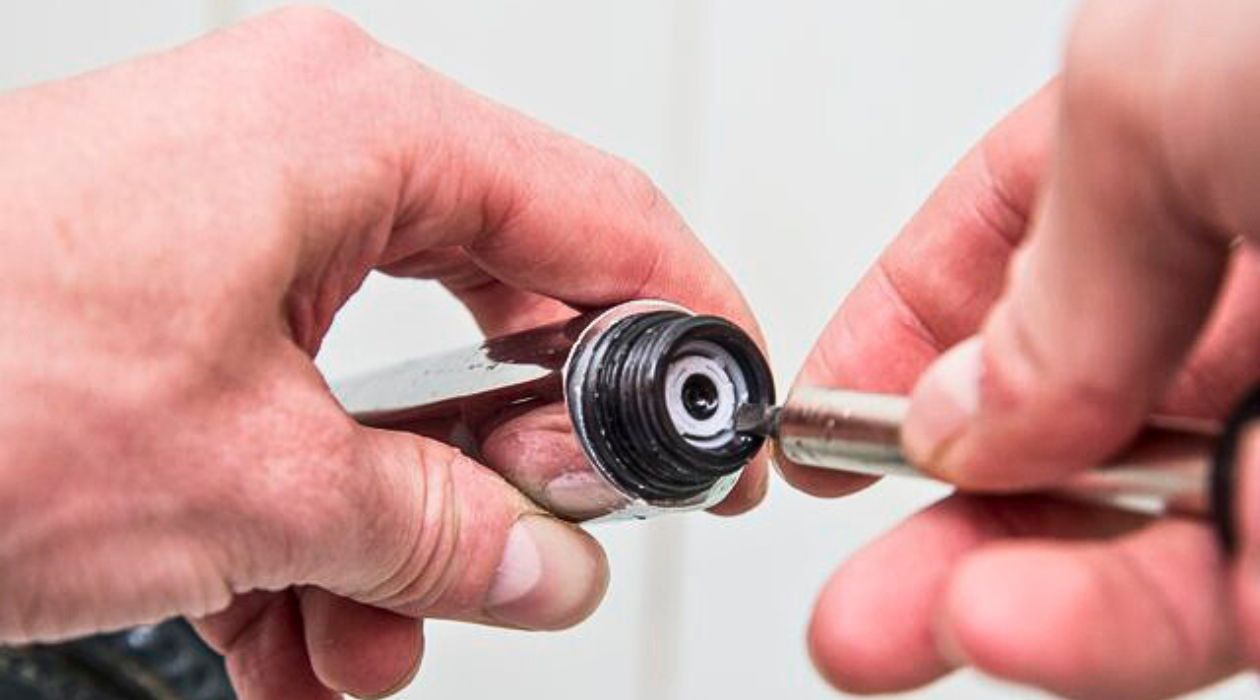
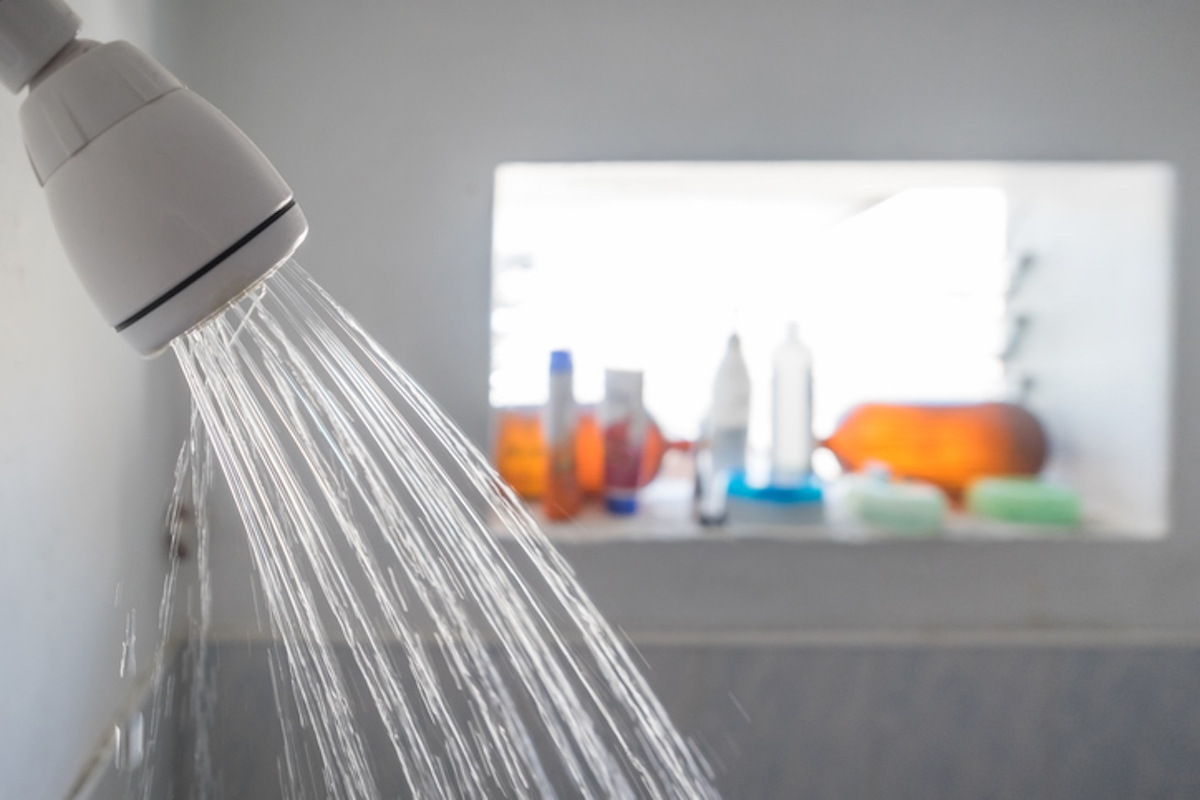
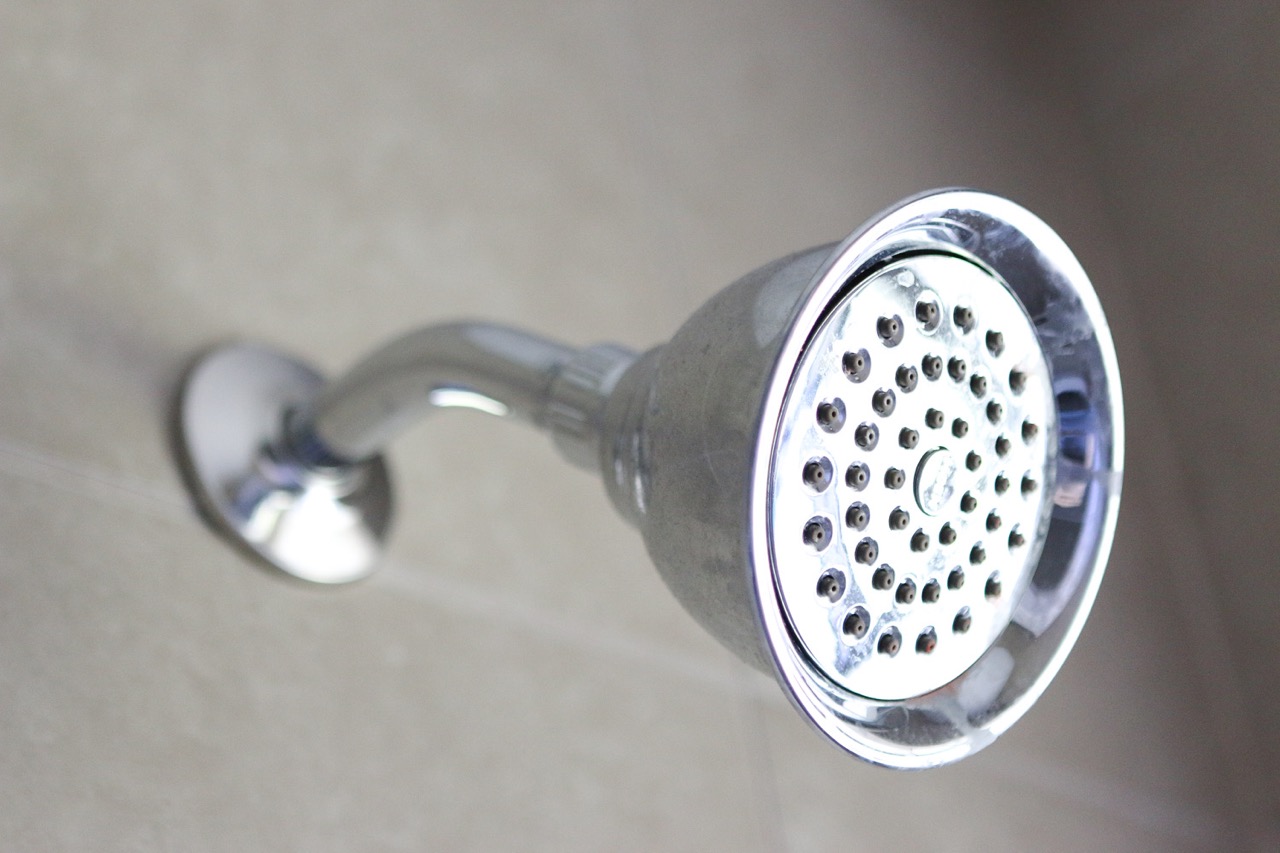
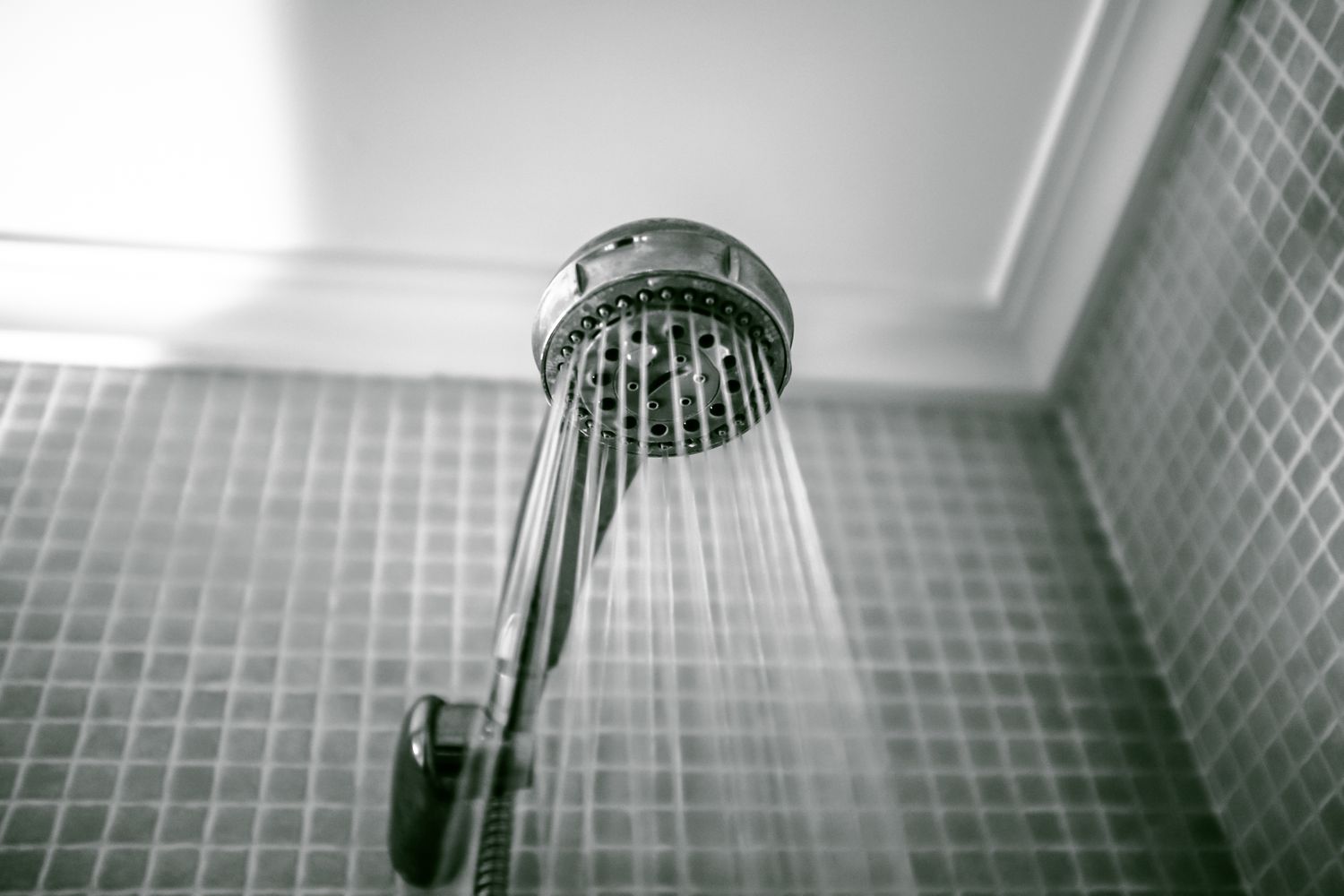
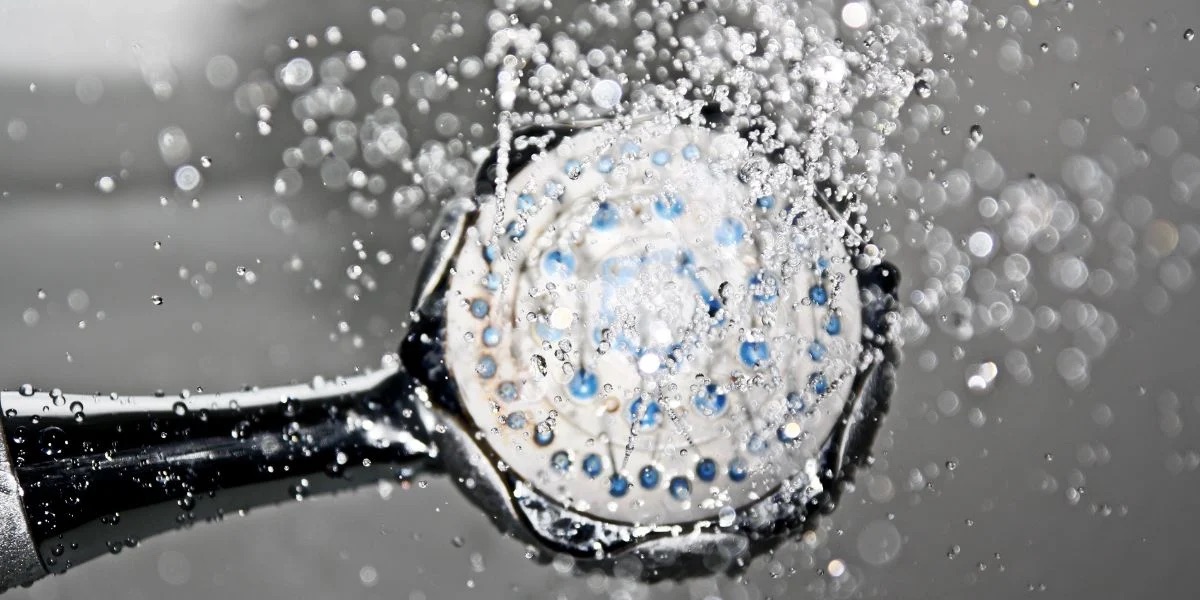
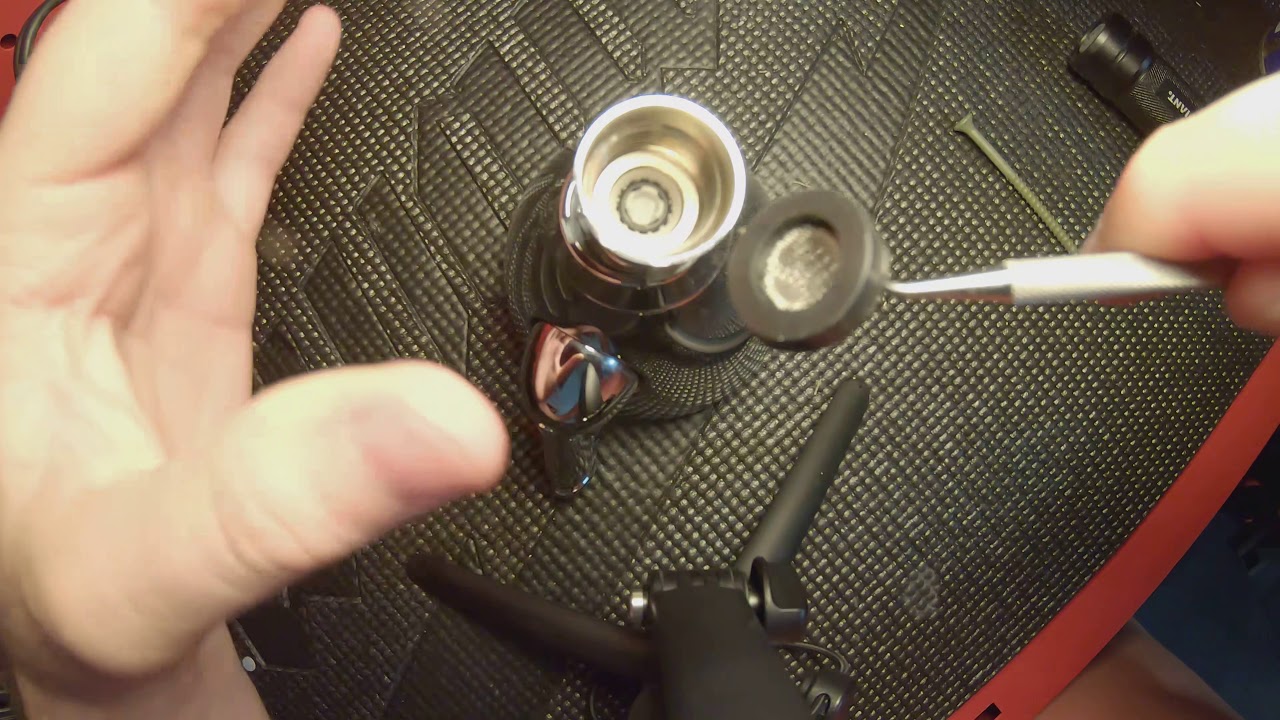
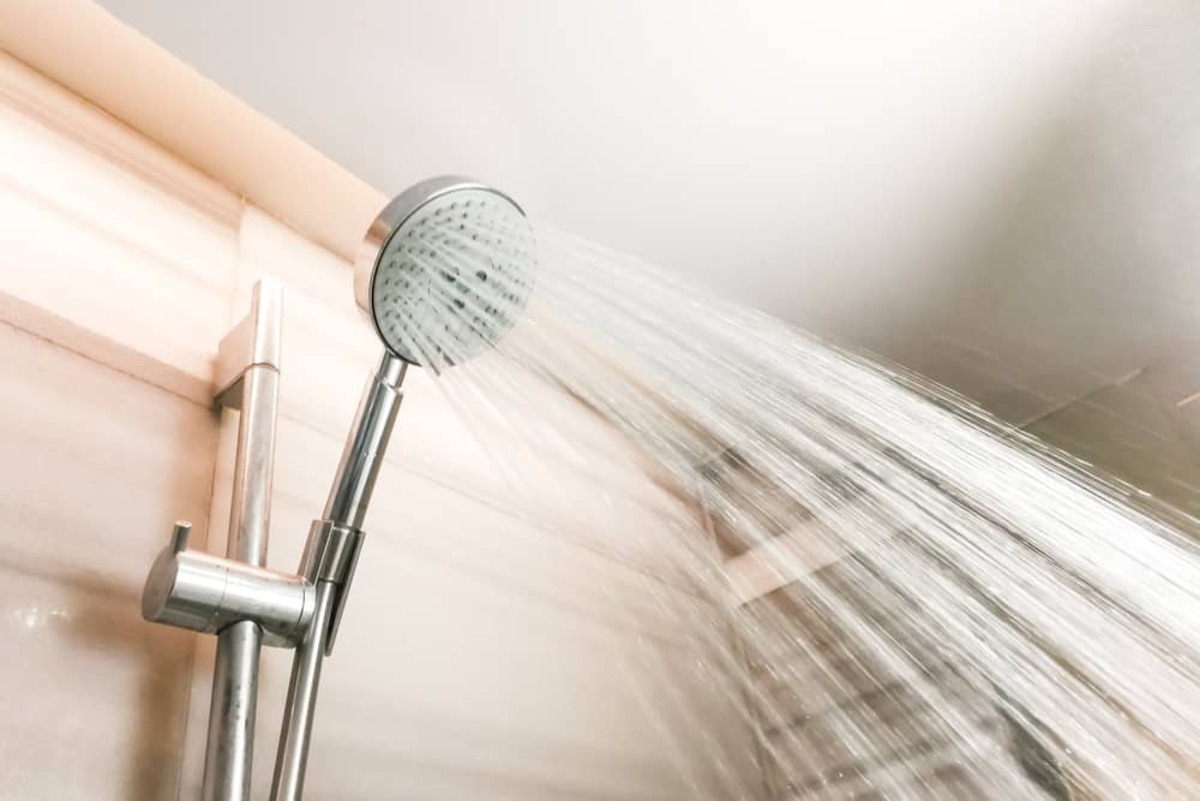
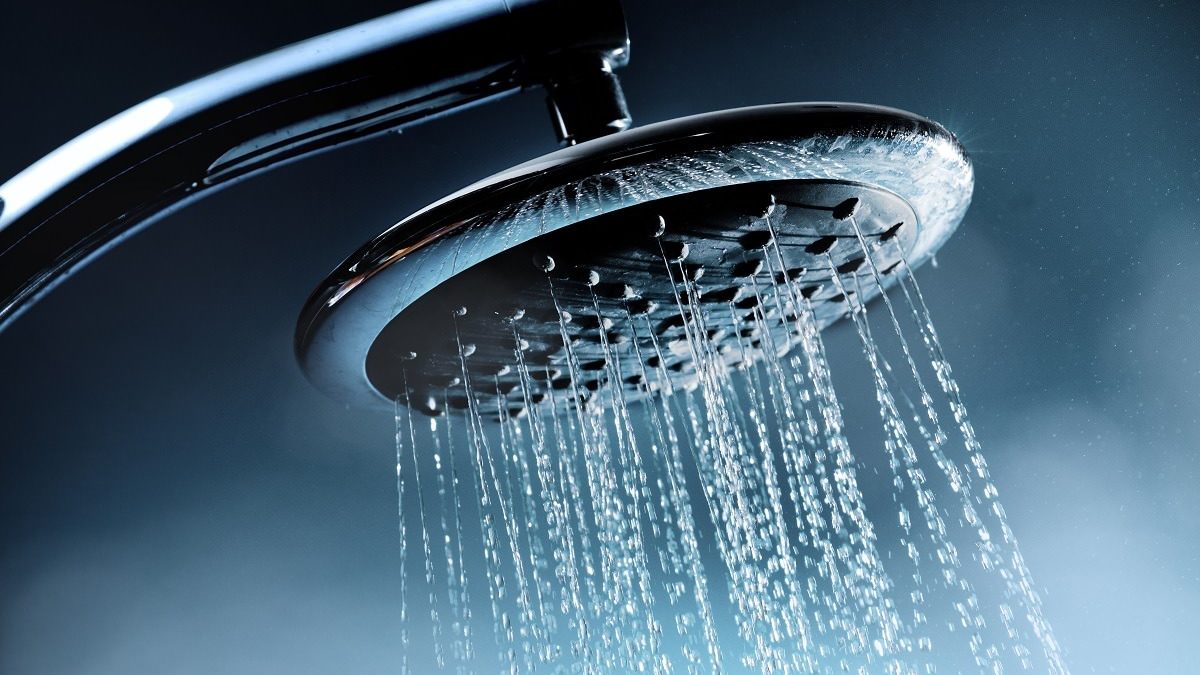
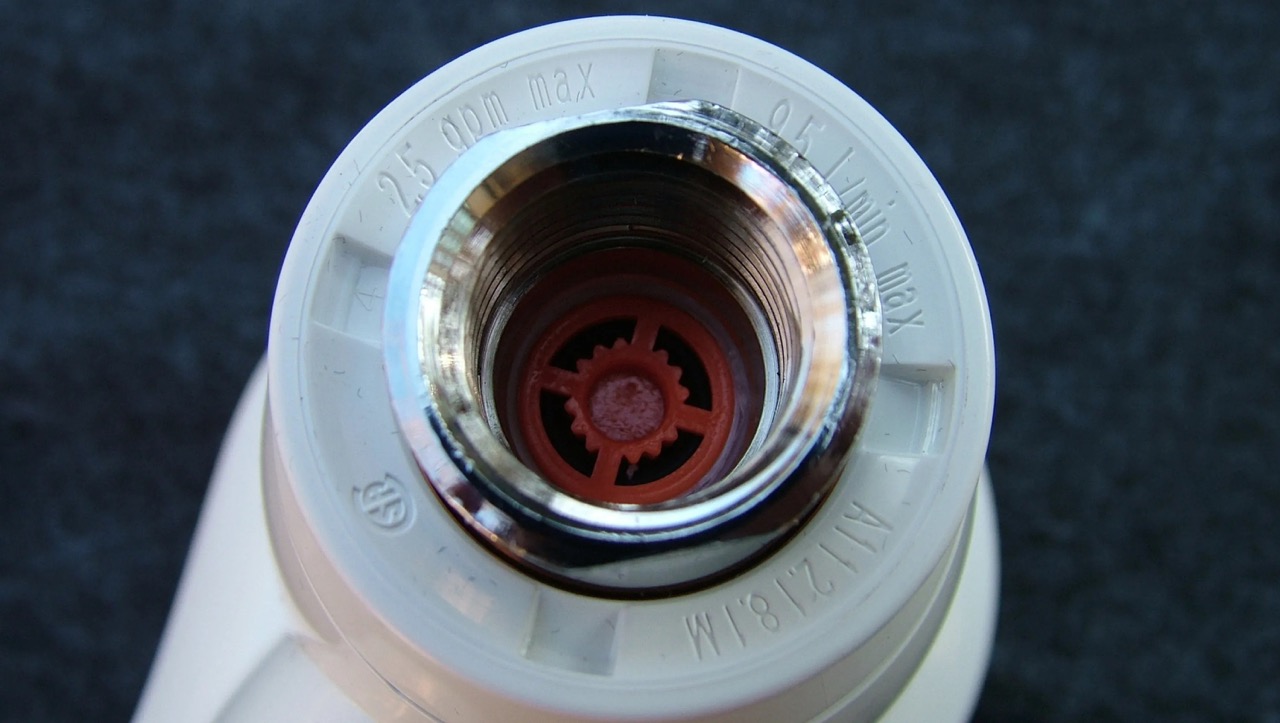
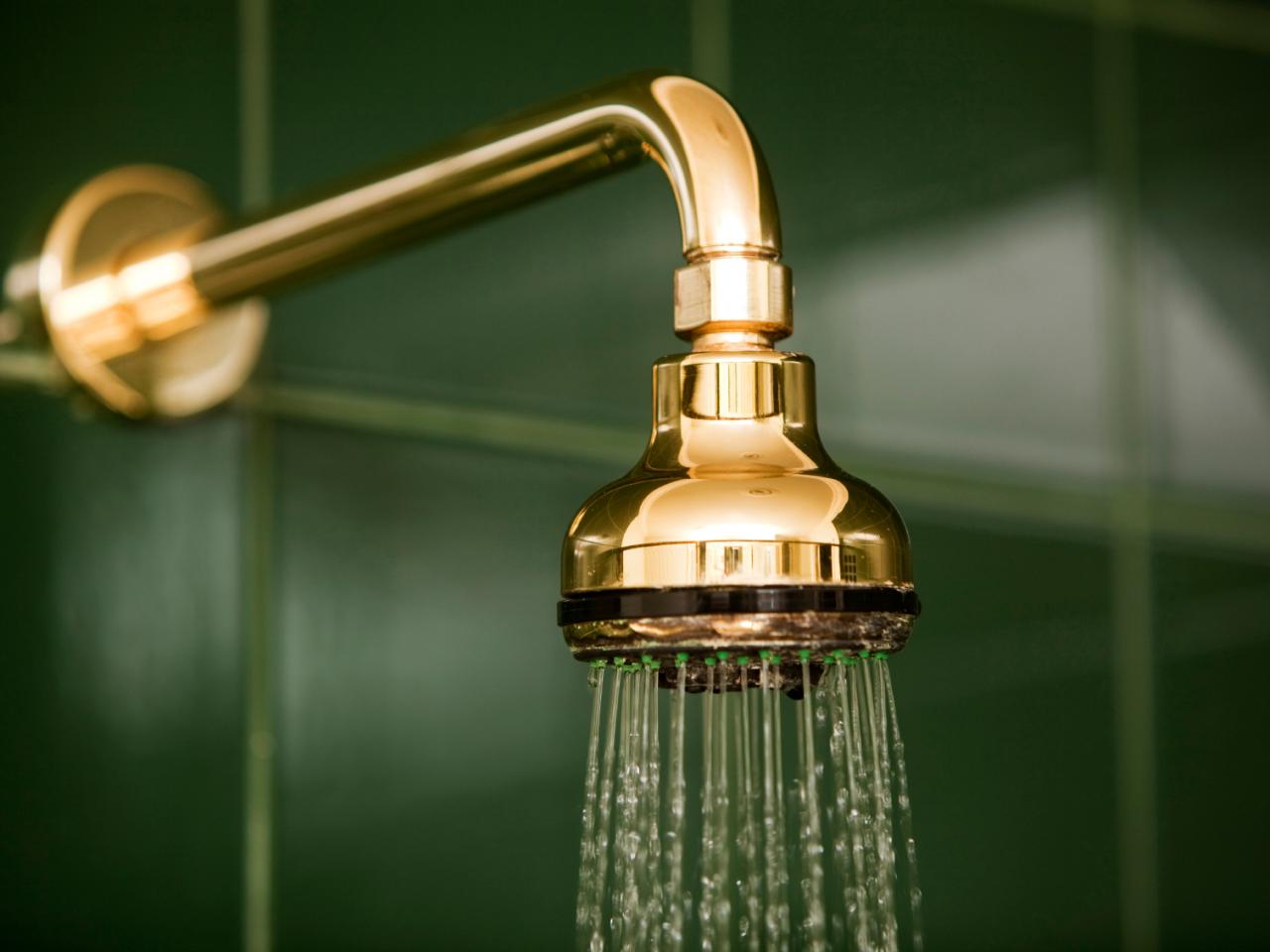
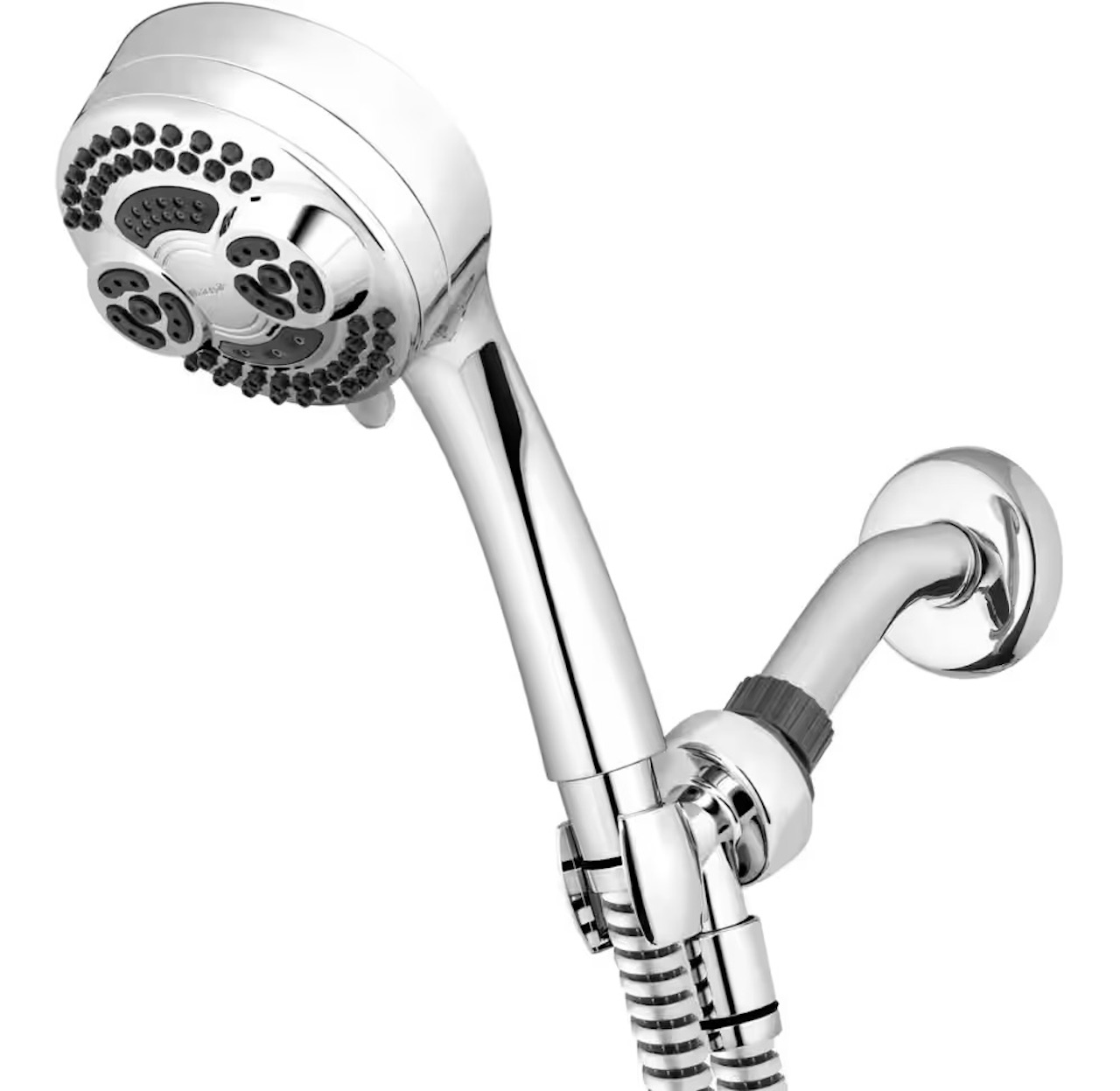
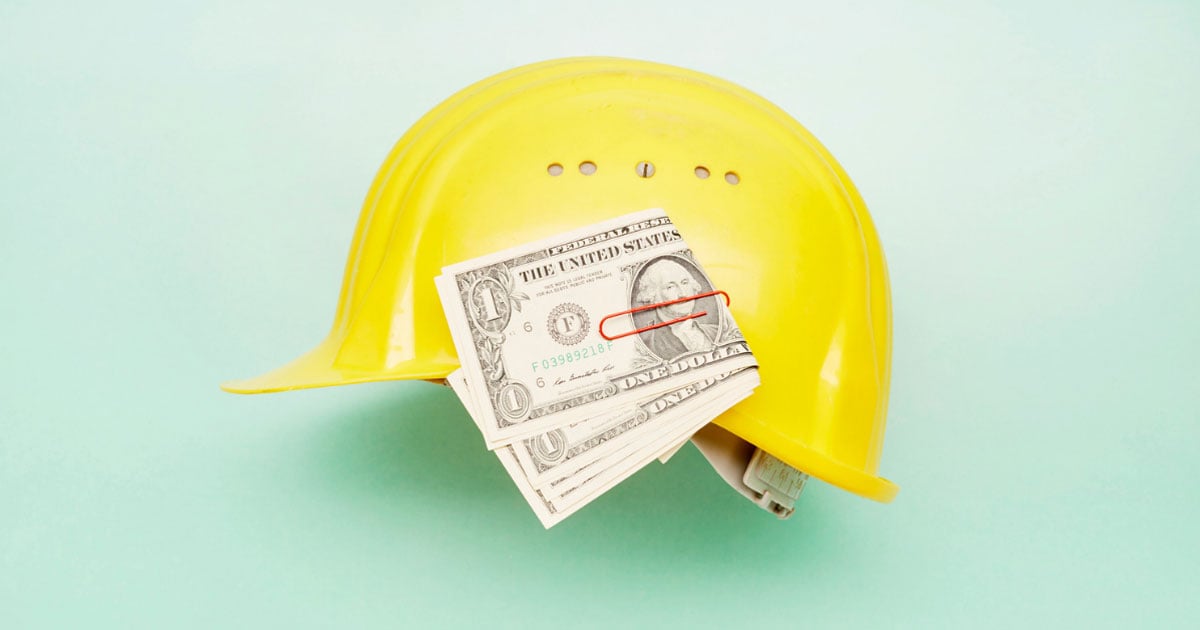
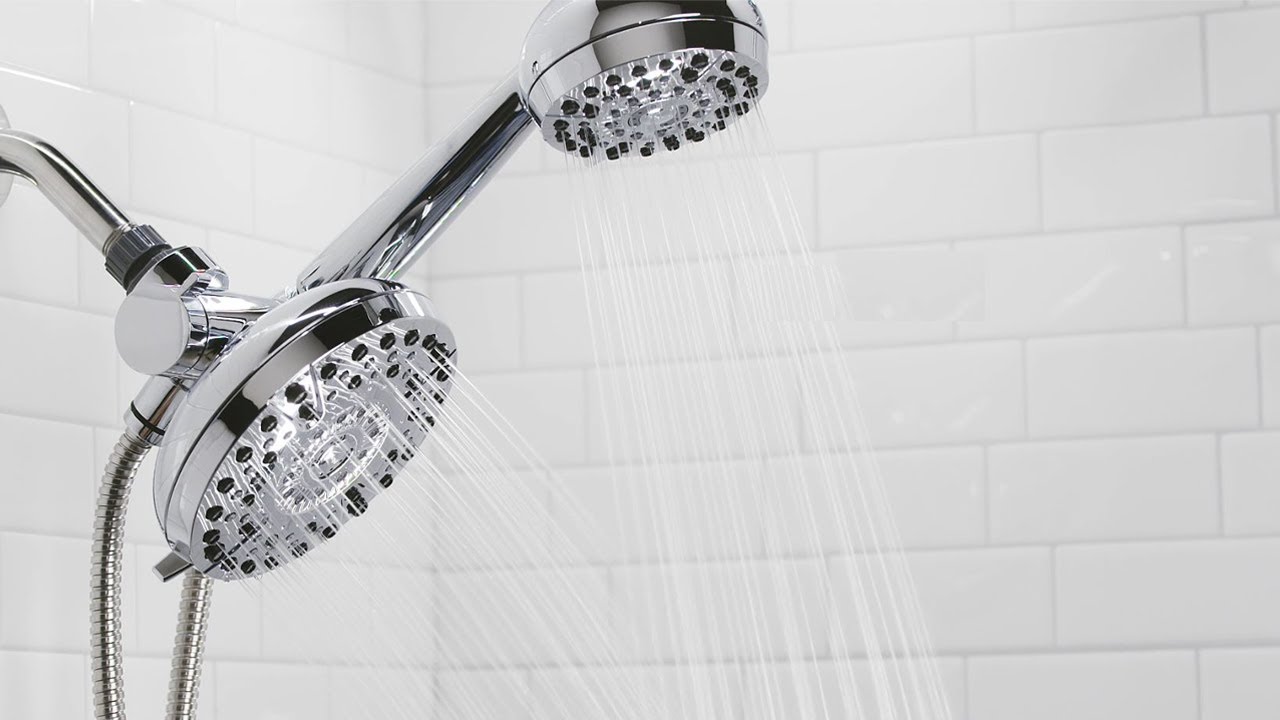

0 thoughts on “How To Increase Flow In Showerhead”